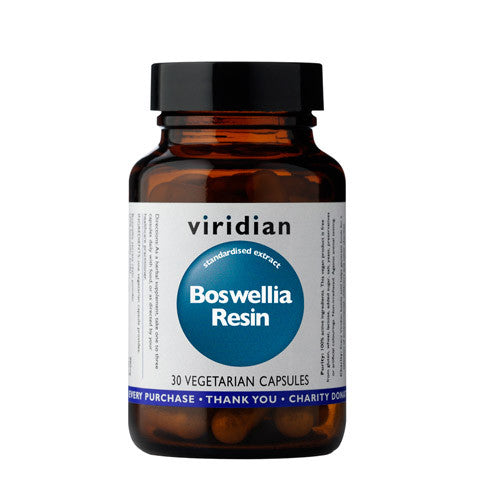With the reduction in daily sunlight exposure, and the higher risk of infection during the cooler months, it is essential that we work towards optimising our vitamin D status for immune and bone support in particular.
The bare minimum requirement for adequate vitamin D synthesis is sufficient daily exposure of our skin to sunlight. It therefore comes as no surprise that 25% of the UK population may be deficient, especially when you consider that we live in the northern hemisphere with heavily indoors-based lifestyles, particularly during the year 2020! It is therefore vital that we increase our daily intake of vitamin D over these cooler months to mitigate for our reduced ability to make enough of this nutrient at this time of the year.
Where do we get vitamin D from?
The main forms of vitamin D are ergocalciferol (vitamin D2) and cholecalciferol (vitamin D3). We get the former from plant sources such as mushrooms and tofu, and the latter from mainly animal sources such as eggs, dairy products, and oily fish (e.g. salmon, anchovies). When our bare skin is exposed to UVB rays from the sun of the correct wavelength, our skin converts 7-dehydrocholesterol into 25-hydroxyvitamin D (also known as calcidiol) which is eventually metabolised by the liver and kidneys into the active form, 1,25dihydroxyvitamin D (also known as calcitriol).
So why are we deficient in vitamin D?
Vitamin D deficiency is increasingly common, which is linked to an increased risk of immune4,5, and musculoskeletal dysfunction6. Nowadays, it mainly arises due to our lack of sunlight exposure, especially those with a sedentary indoor-based lifestyle (e.g. working in an office or from home) - which, let's face it, is most of us this year, along with a low intake through diet. There are also many other factors which can contribute to low vitamin D levels, including:
- Pregnancy and breastfeeding7
- Old age8
- Dark or covered skin9
- Obesity10
- Low magnesium status. Magnesium is needed to activate vitamin D, so if you’re running low, say from low dietary intake coupled with high stress levels, this could be impacting your vitamin D status.11
- Some of us also carry variants of the gene which codes for the Vitamin D Receptor (VDR), which can make it harder for vitamin D to bind to it and then carry out its multitude of different actions within cells.12
If any of the above factors are relevant to you, it is quite likely that your vitamin D level is sub-optimal and it would be worth increasing your vitamin D intake to help optimise your health. It's important to be prepared for the winter months when it comes to vitamin D!
The EU daily recommendation for vitamin D for an adult is 5µg (200 IU)13. This dosage often proves insufficient for most adults due to our exposure to at least some of the risk factors mentioned above. For this reason, 1000 IU is generally considered a more optimal daily dosage of vitamin D for an adult. When there is a demonstrated deficiency, individuals require higher doses and this is best guided by a health professional. It is worth noting that a vitamin D test, obtained either through the GP or privately (not expensive!), is the best way to find out what daily supplemental dosage of vitamin D is most suited to your needs.







